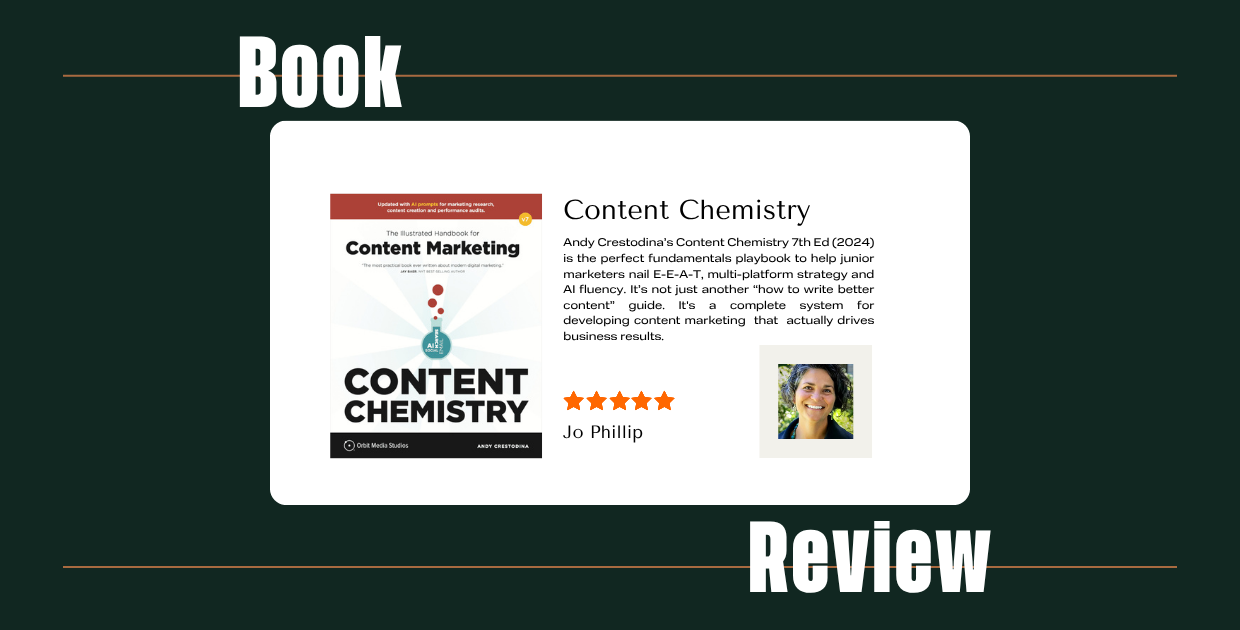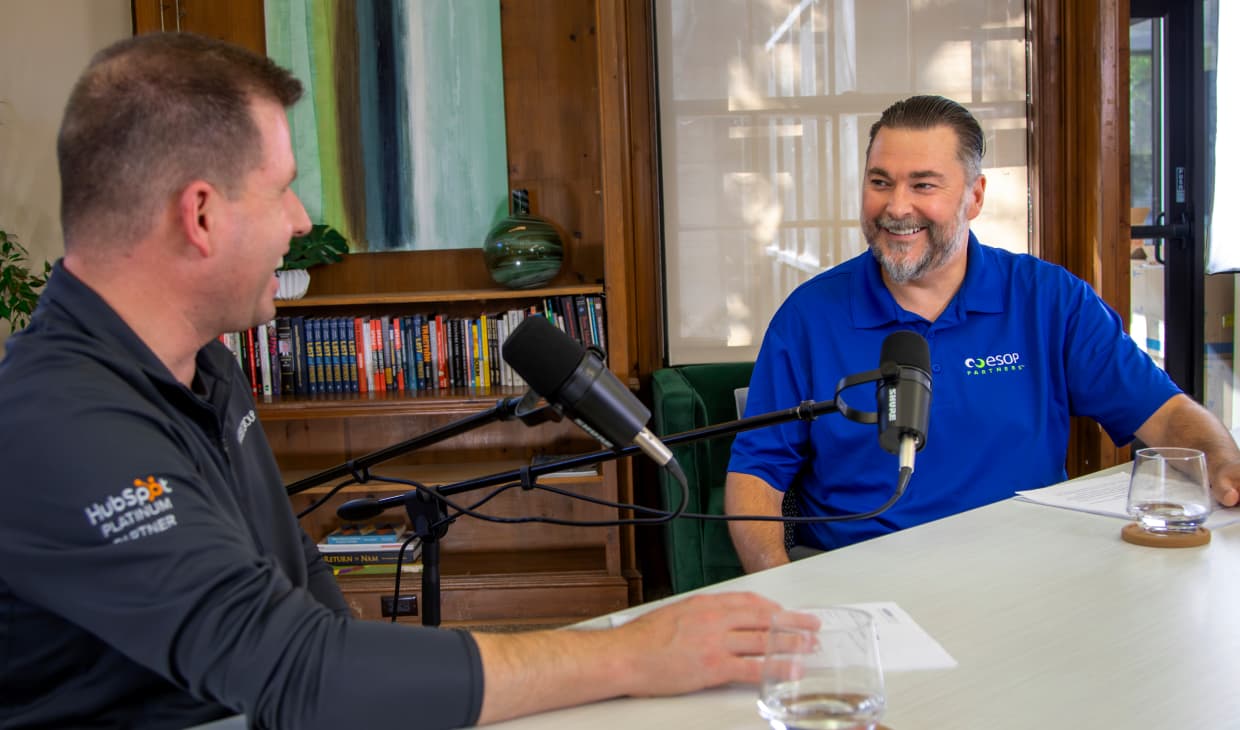How to Improve Your Exploratory Sales Calls
Written by

I recently had the privilege of attending HubSpot’s latest course for partners, the Sales Skills Bootcamp. This was an intensive 8-week program led by David Weinhaus, an impressive sales pro who’s helped thousands of agencies sell better.
As students of this course, we were called lions, hunting as a pack in small groups in order to maximize the opportunity to learn and interact. We sharpened our inbound sales skills, learning how to have more effective conversations with prospects and better conduct discovery/exploratory calls, recommend solutions, handle sales objections, establish value, and close business.
The amount of learning from this course is way too much to capture in one blog post, but in the inbound spirit of “helping,” today I’m sharing key takeaways that could and should apply to anyone who talks to potential buyers during the sales process — top tips to improve your exploratory calls.
What is an exploratory call?
First things first: let’s define the exploratory call. Within the context of the inbound sales methodology, the exploratory call/meeting is an opportunity for inbound salespeople to explore his or her qualified leads' goals or challenges in order to assess whether their offering is a good fit.
The exploratory call or meeting is an opportunity for inbound salespeople to explore their qualified leads' goals or challenges to assess whether their offering is a good fit.
Most salespeople will tell you that although it sounds like a simple step in the sales process, it’s actually one of the most challenging, and most important. This is when you determine if you can (or should) help, removing unqualified prospects who don’t fit your ideal buyer profile as quickly as possible. It’s also a time to excite those prospects who are a great fit. Here are some tips to consider to improve your exploratory calls for both you and your prospect.
Tip #1: Master Your Sales Story
Think about how you answer when a prospect asks what your company does. First, do you have a consistent, well-thought-out answer? Second, is your answer focused on your potential buyer, or is it focused on you?
I’ve stumbled myself explaining what it is our company does, and from what I heard from the rest of the “lion pack,” I believe a lot of others do, too. Taking the time to create a meaningful and customer-focused story can be the difference between confusion and excitement in the eyes of the buyer.
Tip #2: Setting the Stage
There are two things that you need to nail to set the stage for your exploratory calls. One is mentioned above – your sales story. Your potential buyers are qualifying you to determine if you’re a good fit as much as you’re qualifying them, so they’re bound to ask about what you do. Be prepared to wow them.
The second is your agenda. Without one, your meeting could turn into a long-winded conversation with no direction, taking many turns and twists and ending up nowhere. Ever been in a meeting like this, where both the buyer and seller are perplexed at the end of the meeting, not knowing what to do next?
An agenda can help you set expectations and structure your conversation and may sound as simple as this:
“During today’s call I’d like to learn more about your business. I’m happy to share any insights I may have and/or how we may be able to help as we discuss what your needs are. At the end of the call we can mutually determine if makes sense to continue the conversation. Does that sound good to you?
You can take this one step further, learning more about what is on your prospect’s mind by following up with this question:
“What were you hoping to get out of today’s call?”
An agenda like this can keep you on track. Embrace the tangents your prospects will likely take and address them, knowing you can easily steer back to where you left off on the agenda you’ve shared.
Tip #3: Shift from GPCT to GTPC
We’ve written before on the topic of GPCT (Goals, Plans, Challenges, and Timeline) to qualify, define and demonstrate the fit (or lack thereof) with your products and services to the prospect's needs. During the Sales Skills Bootcamp, David took this one step further and talked about an alternative order of these questions to best find your prospect’s gap:
1. Start with the current situation
2. G/T: Understand Goals/Timing
3. P/C: Understand Plans/Challenges
Organizing your questions this way opens up the opportunity for a very natural conversation about your prospect’s “gap” between his current to desired state, assessing the true needs of the prospect and what the size of the opportunity is.
Tip #4: Be naturally curious and ask 5 “Why’s”
During one of our classes, David encouraged us to take off our lion hat and act like sea otters, known for being naturally curious. It’s not always easy to uncover the true needs of our prospects, especially when it’s early in the sales process and relationships are just beginning to form. If we take the first answer we get and move on, chances are we’re missing a lot of the information and context needed to determine fit.
One way to dig deeper and uncover true needs and motivations is to be naturally curious and asking “why.” In fact, challenging yourself to drill down by asking “why” not just once, or twice, but for as many times as needed to uncover more context will help you and your prospect understand what the best solution might be.
When talking about goals, for example, your 5 “why” questions could look something like this:
- Why are your goals important to you?
- What happens if your goals are met?
- What happens if the goals aren’t met?
- Have you considered doing more of what you’re doing?
- If you continue with more of what you’re doing, how much of the gap between where you are now and your goal would that fill?
Being naturally curious and spending the time to really drill down on the questions about your prospect’s goals, timing, plans, and challenges should result in invaluable information to not only help you qualify, but to potentially close the sale earlier as well.
Inbound Sales
To learn more about the exploratory call and other facets of the inbound sales methodology, check out our Inbound Sales page.
Subscribe To Our Blog
Information. Insights. Ideas. Get notified every time a new Weidert Group blog article is published – subscribe now!
You May Also Like...

Content Marketing
AI-Era Marketing Simplified: Content Chemistry, 7th Edition

Marketing Case Studies
How ESOP Partners' Website Strategy Boosted SQLs by 900%

Marketing Technology
What is an AI Agent? Ready or Not, They're Reshaping How Industrials Market & Sell
Accelerate Your Growth with
Weidert Group
If you’re ready to explore a partnership, request a personalized consultation with our team.

